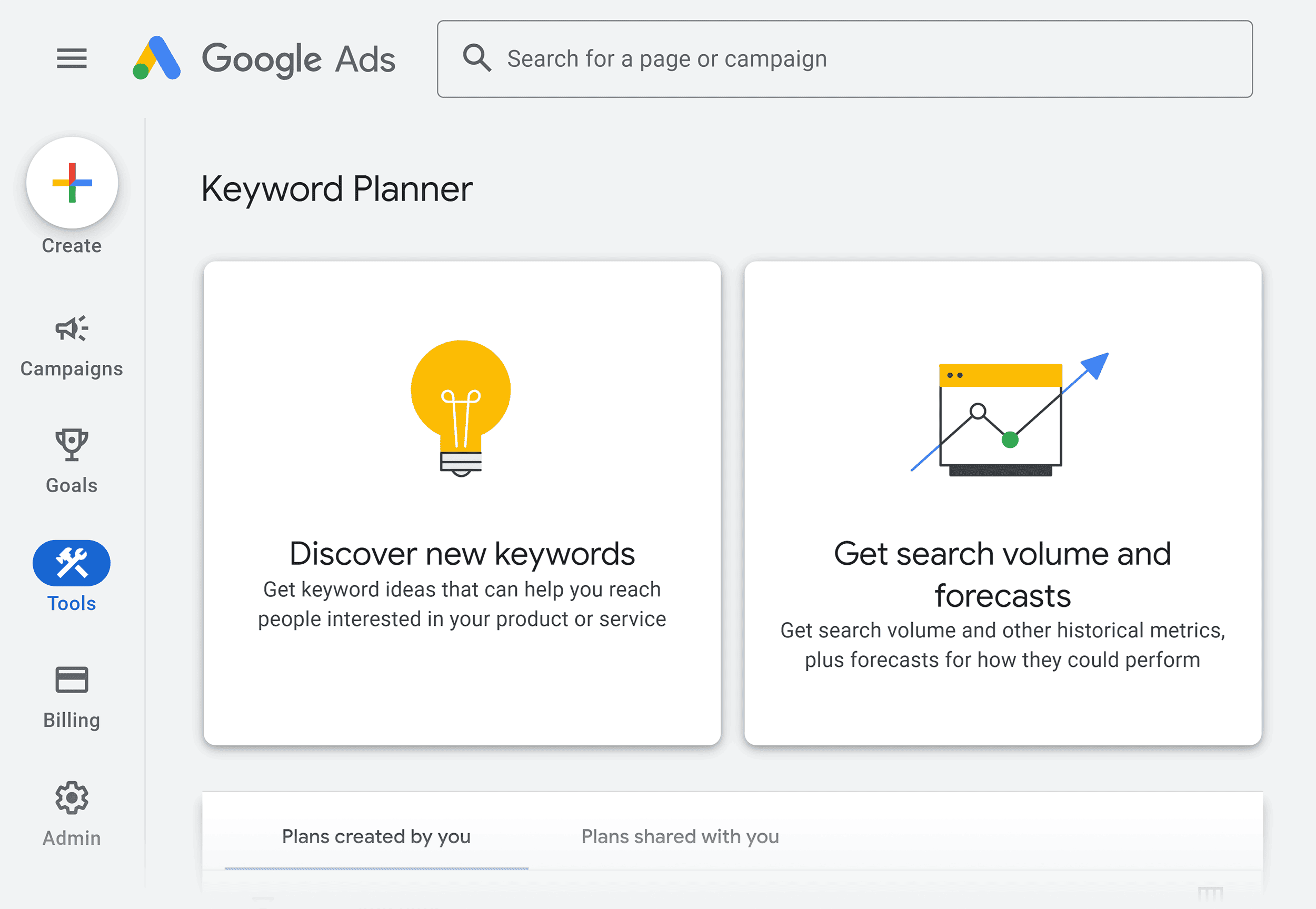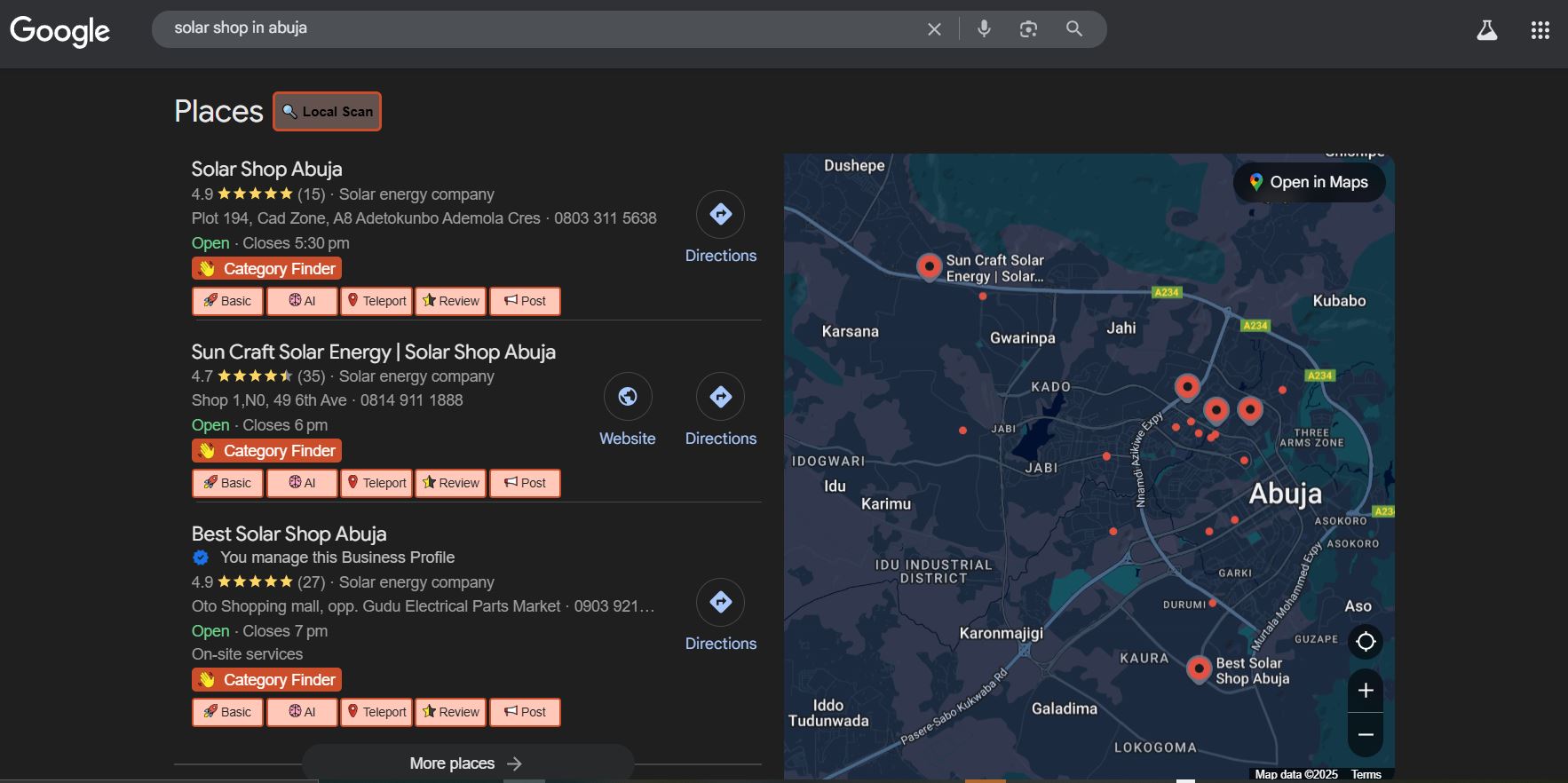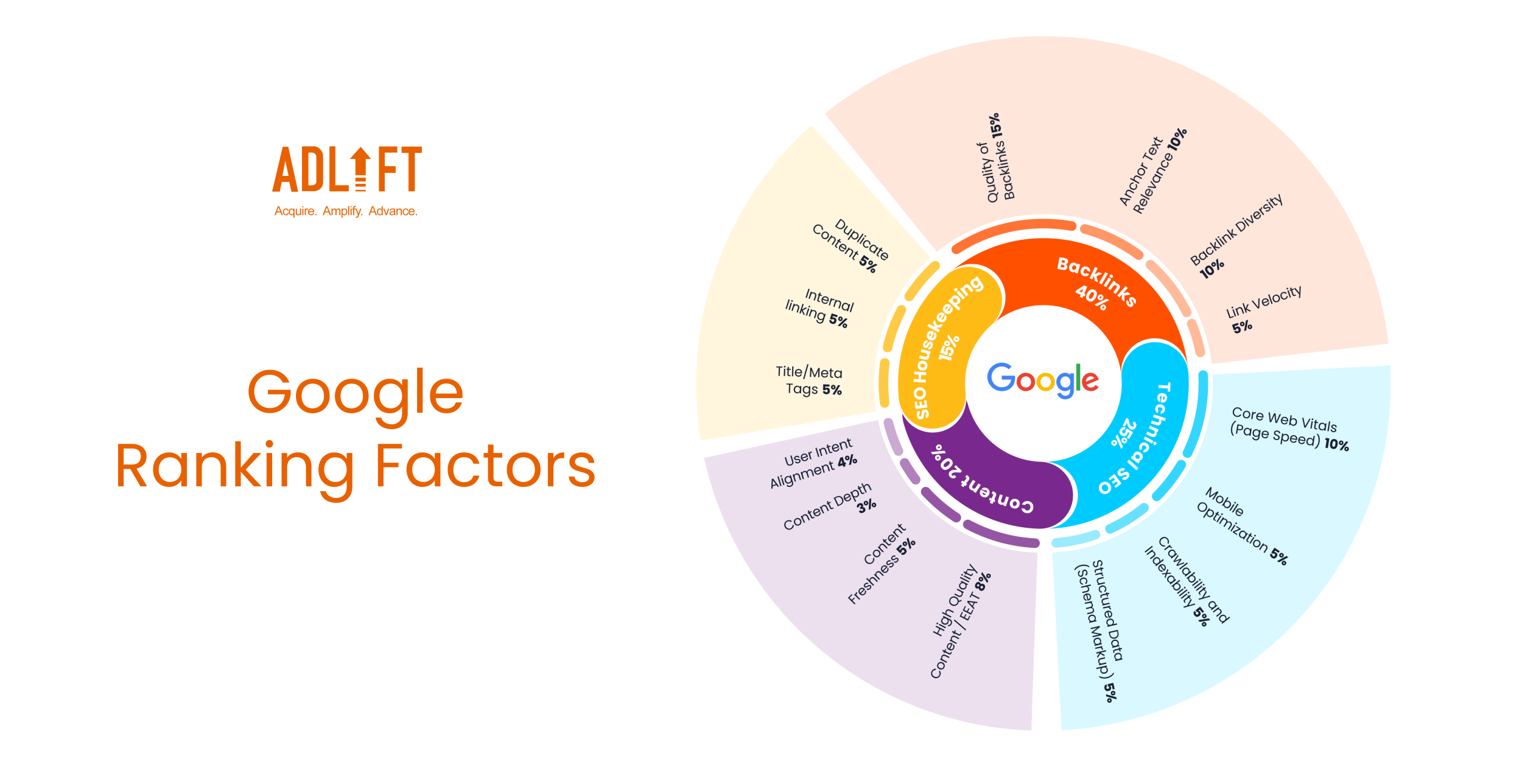Chapter 2: How Local SEO Differs from Traditional SEO
This is an early draft of my upcoming book “The Ultimate Beginner’s Guide to Local SEO.” Sign up below to be the first to know when the full book launches!

📑 Chapter 2 Table of Contents
2.1 The Core Difference: Scope of Audience
Traditional SEO is designed to reach a broad, sometimes global audience. Example: “Best Marketing Strategies for 2025” could attract readers worldwide.
Local SEO targets people in a specific geographic location. Example: “Best Marketing Agency in Abuja” is only relevant to people in Abuja, Nigeria.

2.2 The Keywords Used
Traditional SEO keywords: broad and competitive. Example: “how to lose weight,” “best laptops,” “digital marketing.”
Local SEO keywords: include geographic modifiers like cities or “near me.” Example: “weight loss clinic in Houston,” “gaming laptops in Abuja,” “digital marketing near me.”
Pro Tip: Local keywords often have lower competition but higher conversion intent.

2.3 Search Results Appearance
When someone searches with local intent, the SERP looks different:
- Traditional SEO Results: Websites, blogs, YouTube videos, product listings.
- Local SEO Results: Google Map Pack (3 listings), directories, local sites.

2.4 Ranking Factors
Traditional SEO Ranking Factors:
- Quality backlinks
- Domain authority
- Content quality and length
- Technical optimization
Local SEO Ranking Factors:
- Google Business Profile signals
- Proximity to searcher
- NAP consistency (Name, Address, Phone)
- Local reviews and ratings
- Local backlinks and citations

2.5 Conversion Intent
Traditional SEO searcher: Often researching, not ready to buy. Example: “best hiking shoes.”
Local SEO searcher: Usually ready to purchase or visit. Example: “hiking shoes shop near me.”
That’s why Local SEO traffic converts at much higher rates.

2.6 Competition Level
Traditional SEO: Compete with businesses and blogs worldwide.
Local SEO: Compete mainly with businesses in your city or neighborhood. Even a small shop can dominate search locally.
Case Study: A small barbershop in Lagos outranked a franchise chain by focusing on reviews + Google Business Profile optimization.

2.7 User Behavior
- Traditional SEO users: May visit your site multiple times before deciding.
- Local SEO users: Often make decisions directly on Google (call, directions, reviews).
Pro Tip: In Local SEO, your Google Business Profile is often more important than your website.

2.8 Summary Table
| Feature | Traditional SEO | Local SEO |
|---|---|---|
| Audience | Global/National | Local/Regional |
| Keywords | Broad, industry-specific | Location-specific, “near me” |
| Search Results | Blogs, websites, videos | Map Pack, directories, websites |
| Ranking Factors | Links, content, authority | GBP, reviews, NAP, proximity |
| Conversion Intent | Medium | High |
| Competition | Worldwide | Local only |
2.9 Action Checklist
- ✅ Learn the key differences between Local and Traditional SEO
- ✅ Focus on local keywords with geographic intent
- ✅ Understand that Local SEO ranking depends on GBP, reviews, and proximity
- ✅ Recognize that Local SEO traffic converts faster and at higher rates
Video suggestion: “Local SEO vs Traditional SEO Explained in 5 Minutes.”
Leave a Reply
You must be logged in to post a comment.